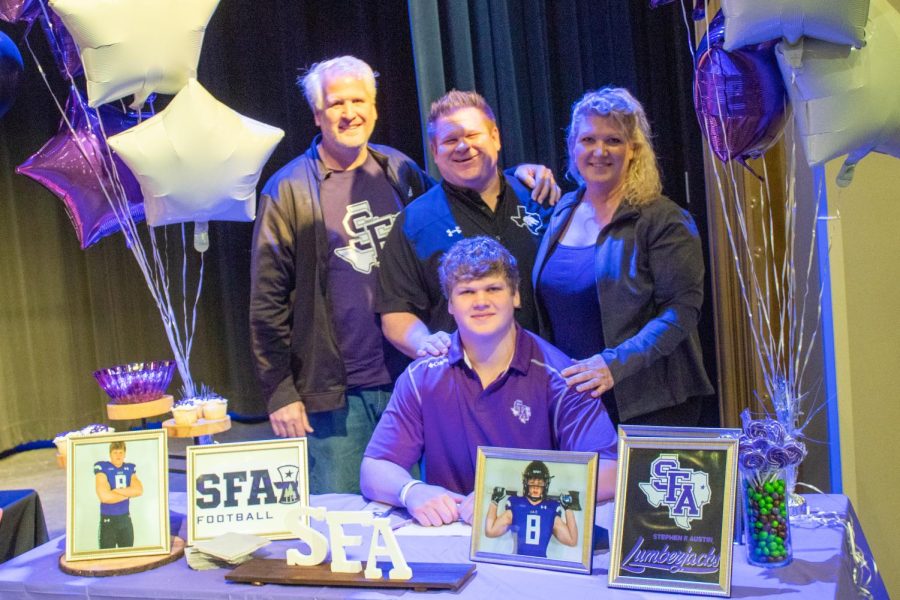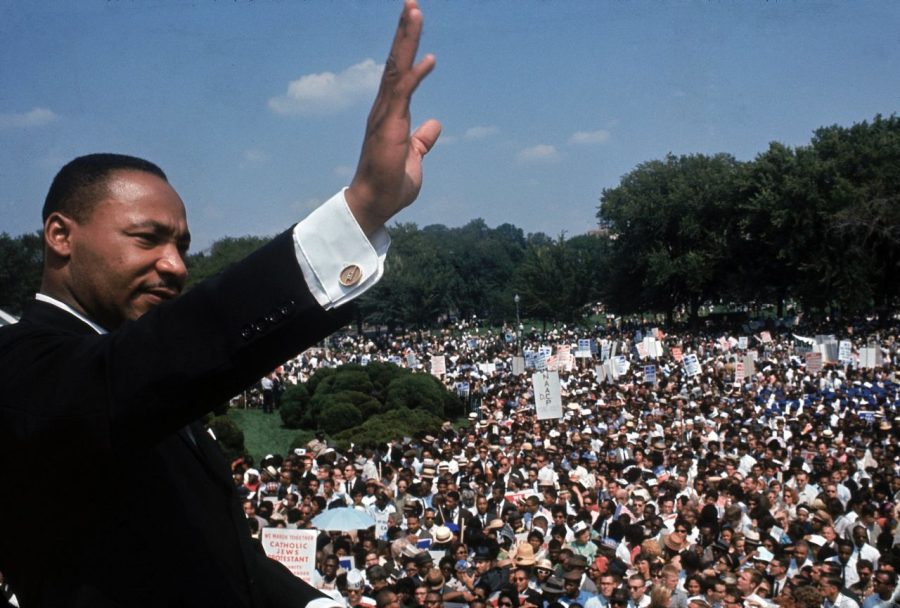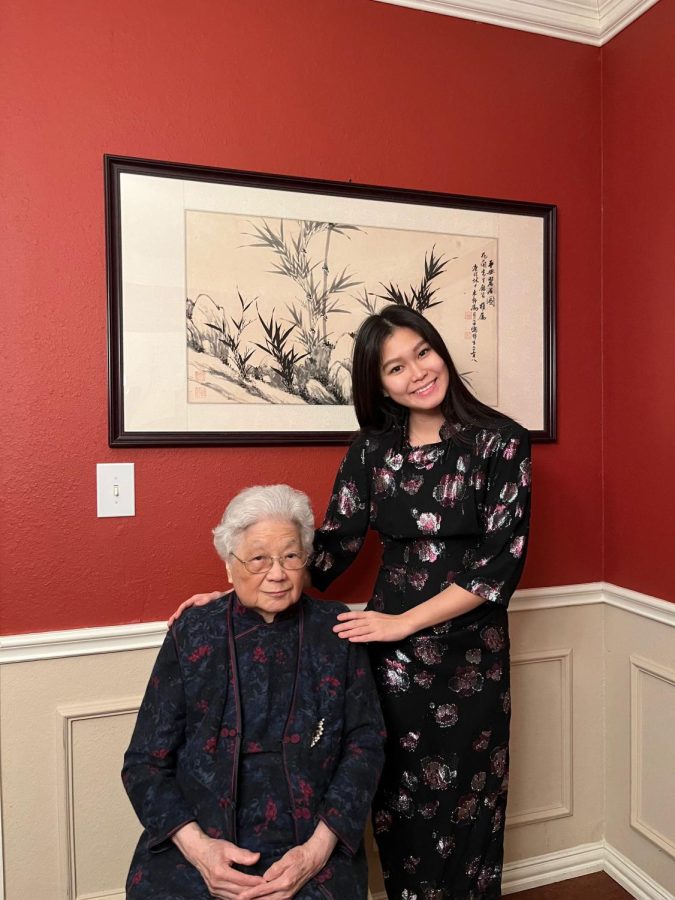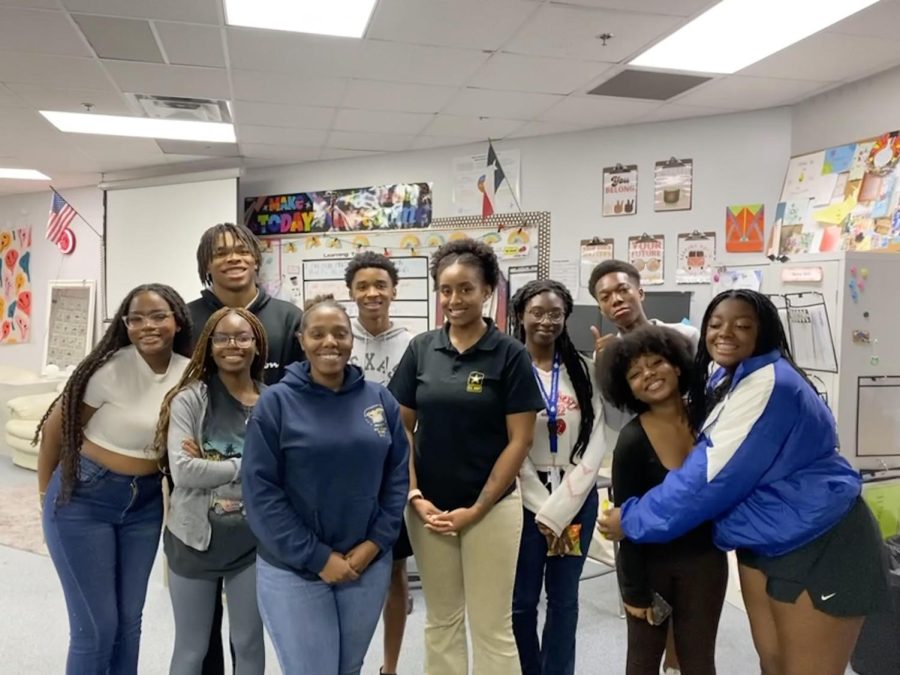By: Kate Webb
As two of the most popular current fads, Facebook and MySpace have truly created a name for themselves and an almighty presence in the technological world. However, these two sites were not the first to connect friends, family, strangers and even celebrities. The real question is, when did the first social networking sites originate? Websites such as Geocities and Tripod were created in the early 90’s in order to bring people together locally and internationally. Users were able to share pictures, videos and personal messages all on one website for others to view.
“It’s a way to make new friends, contact friends you haven’t seen in a long time, and keep up with the fast paced lives we have now,” junior Casey Evans said. “My favorite part of social networking is all the groups that people post because some of them are seriously the story of my life.”
Over the years, these sites have gained and lost users in an unpredictable roller coaster of popularity. The loss of users from the early websites, such as LiveJournal, Friendster and Xanga, was due to problems such as spam, security issues and cluttered interface. “MySpace was really annoying,” junior Mariam Mansour said. “Whenever I would search for someone I knew, it had a way of always showing me everyone but the person I was looking for.”
The mainstream social networking monster was not created until August 2003 with the birth of MySpace by founder Tom Anderson. It was through MySpace that media outlets could better approach the public through features like band and celebrity profiles, games and status posts.
“MySpace made it really easy to keep up with friends and family,” Mansour said. “I even used it to send out invitations for parties and work on group projects for school.” The climax of popularity for the site occurred in 2005 when MySpace teamed up with YouTube to showcase users’ “hidden talents.” The main point then was not to socialize, but to make you “e-Famous.” Users would often post their own material, whether it was a song, dance, trendy outfit or funny video, to gain popularity and become an internet sensation. Little did the users know that, in due time, MySpace’s popularity would cycle out.
“I prefer Facebook because it’s more personal and everyone has their real names on here, making it easier to find people you,” Evans said. “Facebook just seems more adaptable to everyone than MySpace.”
Facebook, one of the largest social networking website ever, was created in 2004 by Mark Zuckerberg and initiated its Internet takeover in 2007. Its reign has lasted through three years and does not seem to be slowing down with over 550 million users. Part of its popularity is due to its easy applications, the ability to make groups, search for friends and have private chat sessions.
“Facebook is much faster, the chat works better, and is simpler in design and easier to use for more people, so more people have Facebook,” junior Mark Lee said. “MySpace is too complex, it’s slow, and it’s hard to use.”
Sites like Facebook and MySpace, though popular, do not always have the desired networking effect that their creators intended.
“The negative aspect of social networking sites is the obvious fact that it’s a big distraction when important things need to get done, like homework,” Evans said. “It causes people to lack face to face social skills which are plummeting due to sites like Facebook, but most importantly, it provides an outlet to mass cyber bullying.” The question networking users need to ask themselves is “What’s next?” Will Twitter, a 2006 networking site, or Tumblr, a 2007 blog/social networking service, steal Facebook’s crown and usher in a new era of networking?
“Twitter is probably already the next big thing,” Lee said. “So many people use it, even though I think it’s pointless.”
However, not all students seem to agree though that Facebook is in danger of extinction.
“I think Facebook is still going strong,” Evans said. “Unless someone has an invincible idea coming up, Facebook will remain king.”








